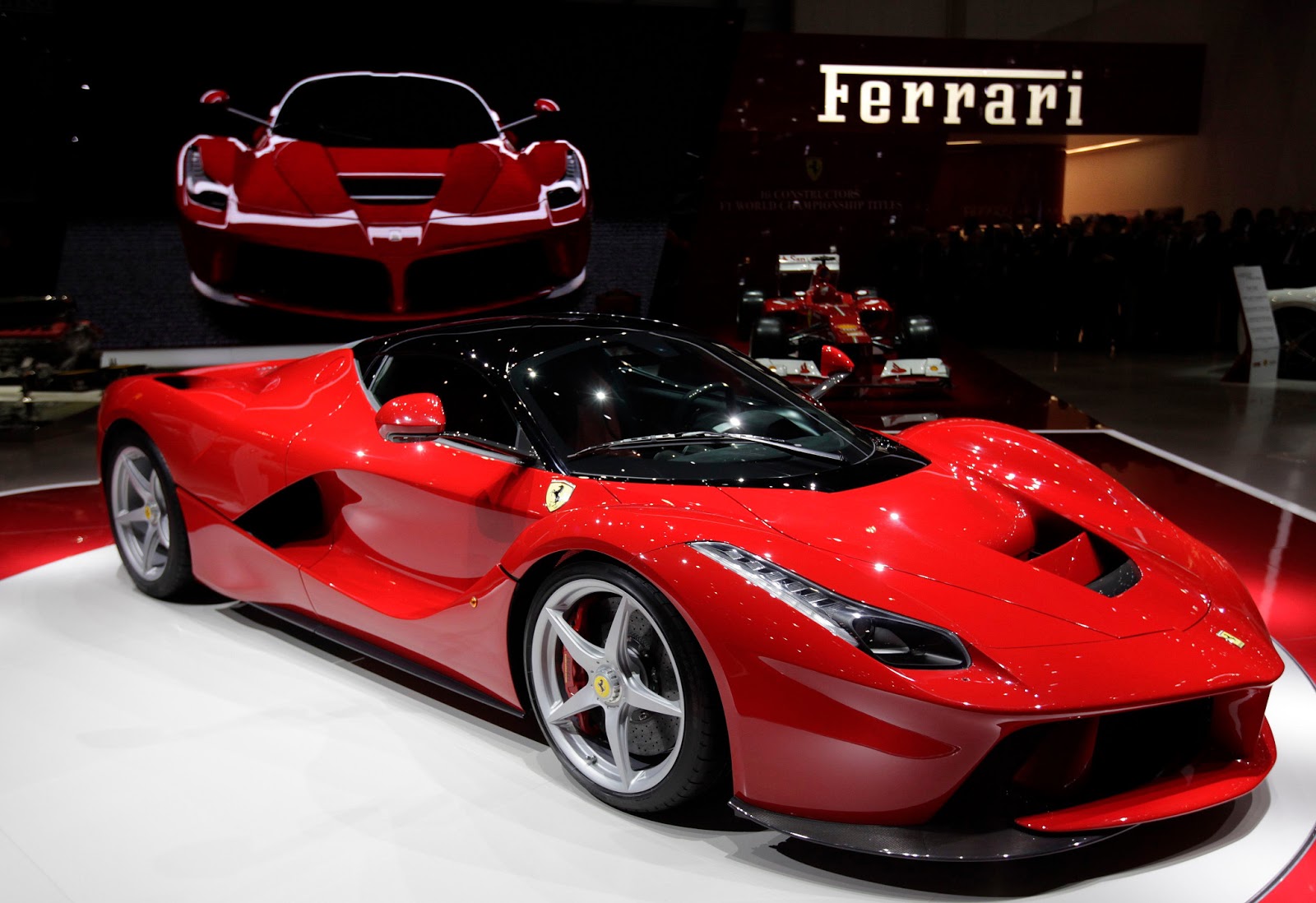

Brock Yates and Dan Gurney won the original Cannonball Run in a Daytona, crossing the US in just shy of 36 hours.

More even than the lovely 275 GTB that preceded it, the Daytona set the template for the imperious, front-engined trans-European playboy express, six huge Weber carbs shovelling fuel into that mighty 4390cc V12, the low-speed truculence magically transforming the faster you go.Īt the time, 1,600kg seemed heavy, but that’s what a Renault Scenic weighs nowadays and it doesn’t come with 12 cylinders. Then, as now, Ferrari isn’t afraid of leaping into the dark, something it doesn’t always get enough credit for. It debuted at the 1968 Paris salon not long after Ferrari had scored the legendary 1-2-3 win at the Daytona 24 Hours race with the equally legendary 330 P3/4 (another contender for Ferrari of the decade, but for its race-car only status), and clothed in a Leonardo Fioravanti-designed body that was pretty far-out even for those progressive times.

But as the ultimate iteration of the 250 bloodline, we’ll go to the other end of the 1960s, and nominate the 365 GTB/4, better known as the Daytona. The most famous – and valuable – of all Ferraris is the 250 GTO. (NB: the 1940s of course, belonged to the Ferrari 125 S, which made its race debut on May 11, 1947) Later generations got turned onto the car in John Hughes’ 1986 brat pack classic Ferris Bueller’s Day Off, although as it got spectacularly trashed, wisely they used a replica. Just 106 of all types were made, plenty were raced, and owners included film director (and ex-lover of Brigitte Bardot, Jane Fonda, and others) Roger Vadim, French screen idol Alain Delon, and Hollywood hard-man James Coburn. Although Pininfarina was by now Ferrari’s couturier of choice, the Cali Spider was designed and built by body fabricator Scaglietti. Disc brakes also replaced the earlier drums. Launched in 1958 in 2600mm long wheelbase form, the car soon morphed into the 200mm shorter, 30mm lower SWB car, powered by Giacchino Colombo’s magnificent 3.0-litre V12, and available with covered and uncovered headlights. Luigi Chinetti, the company’s indefatigable man on the east coast, a former Le Mans winner for Ferrari, and the first to recognise the brand’s enormous Stateside potential, backed the idea and persuaded Enzo Ferrari of its merits. It was dreamt up by Ferrari’s US west coast point man John von Neumann, who knew a racier convertible would suit his burgeoning showbiz clientele. It also makes choosing a representative Fifties Ferrari almost impossible, but we’ll go for the 250 GT California Spider. The GT4 currently costs around the same price as when it was new, but then again, its original MSRP would put it well over $200,000 if adjusted for inflation.Ferrari the organisation entered the 1950s aged just three, and exited the decade triumphant in sports car racing, Formula One, and the manufacturer of the world’s most desired road cars.Ĭore to this imperious rise was its 250 model line, an ever-evolving range that encompassed such an array of body styles and technical alterations that even the world’s many Ferrari experts often disagree on who did what with whom and when. That certainly explains its angular lines in place of the curves usually associated with Ferraris.

Those who think the design isn't very Ferrari-like might be right, as the GT4 was the first Ferrari designed by Bertone instead of Pininfarina. Perhaps somewhat surprisingly, it was Ferrari's first production vehicle to feature a mid-engine V8 layout. It's a mid-engine 2+2 sports car that Ferrari built to test new technology, and it was a groundbreaking car in many ways for the prancing horse brand. However, in 1976, it became a proper Ferrari with badges to prove it. Ferrari initially sold it with Dino badging, not as a Ferrari. Ferrari introduced the Dino 308 GT4 in the early '70s.


 0 kommentar(er)
0 kommentar(er)
